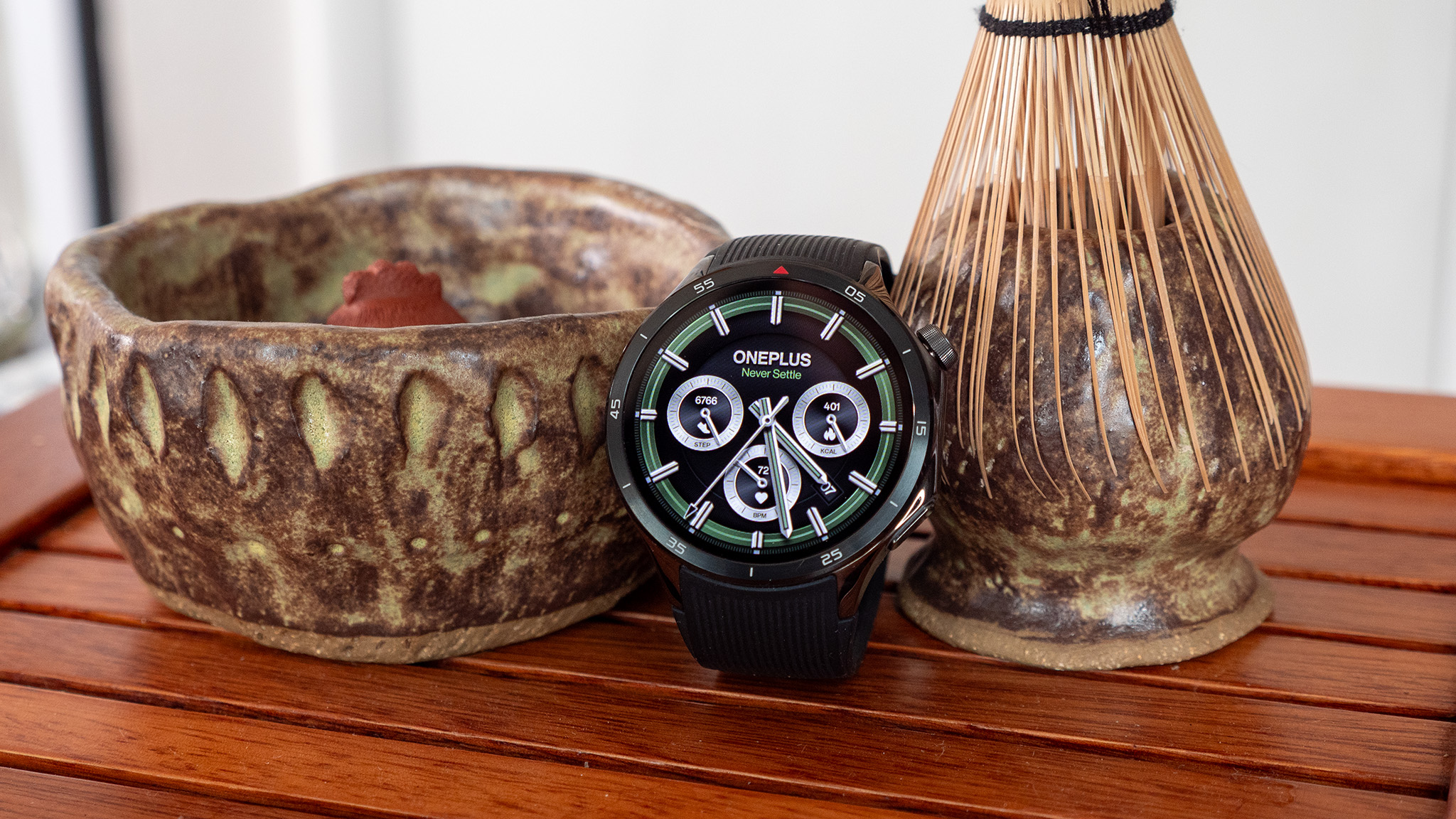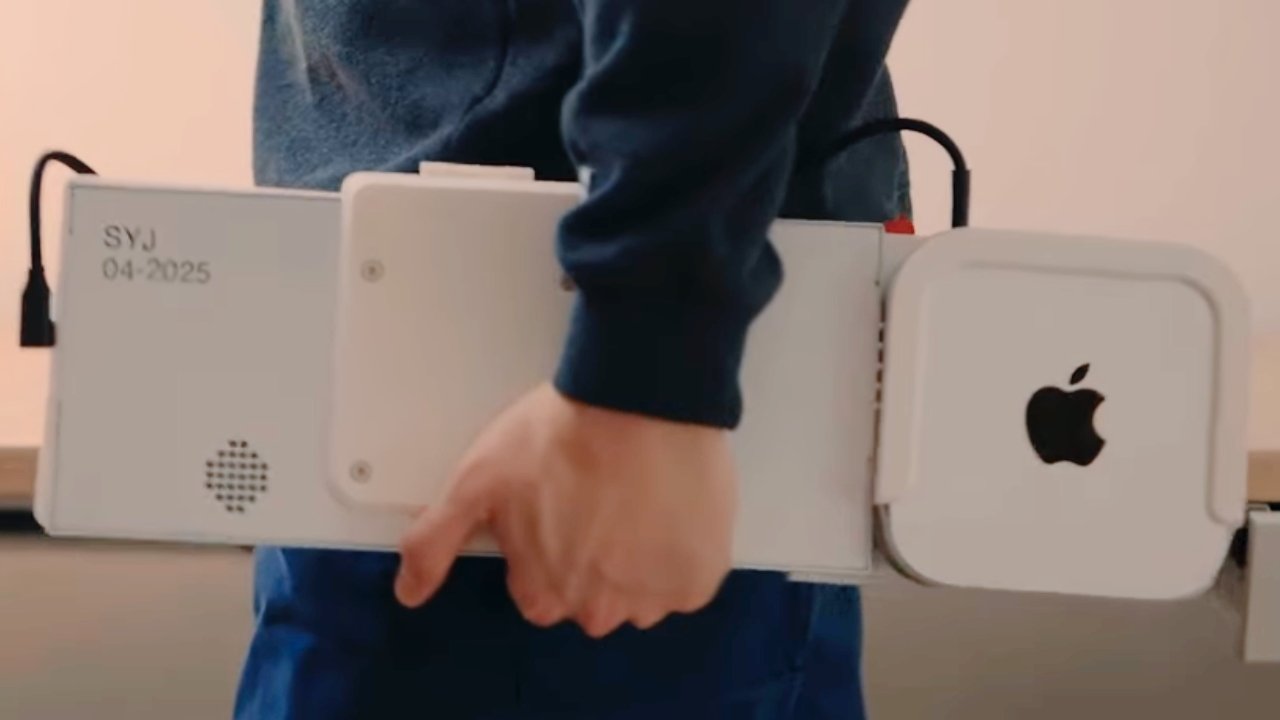P-1 AI: The Startup Aiming to Revolutionize Engineering with AI

In a visionary outlook towards the future of artificial intelligence, former Airbus Chief Technology Officer Paul Eremenko expresses his dreams of achieving a level of AI sophistication that rivals human intelligence. The aspirations of Eremenko transcend mere functionality; he envisions a superintelligent AI capable of constructing monumental structures such as starships and Dyson sphereslarge-scale megastructures theorized to harness energy from stars, a concept rooted deeply in the realm of science fiction.
Although the realization of such advanced AI is still a distant dream, Eremenko is diligently working to pave the way forward. He has partnered with notable figures in the tech industry, including former Google DeepMind researcher Aleksa Gordi and engineering leader Adam Nagel, who previously worked at Acubed, the innovation arm of Airbus. Together, they have founded a new venture named P-1 AI, which recently emerged from stealth mode after securing $23 million in seed funding led by Radical Ventures. Additional backing comes from investors such as Village Global, Schematic Ventures, and Lerer Hippeau, alongside influential angels in the industry like Jeff Dean, the chief scientist at Google DeepMind, and Peter Welinder, OpenAIs VP of new product explorations.
P-1 AI derives its name from the 1977 science fiction novel, The Adolescence of P-1, authored by Thomas Joseph Ryan, which explores the concept of sentient AI. The company is currently focused on developing an AI-powered engineering assistant named Archie. This innovative tool is designed to assist engineering teams by taking on repetitive and time-consuming tasks, such as interpreting project requirements, generating initial design concepts, and ensuring compliance with industry regulations. This initiative marks a significant step towards their broader ambition: utilizing AI for the design of increasingly complex machines in the future.
Eremenko expressed his astonishment that no one had previously tackled the ambitious goal of developing AI for engineering. However, he quickly realized the challenge behind this endeavor. Much like the development of self-driving cars and robotics, training AI to construct machines necessitates an enormous volume of training data. Eremenko highlighted the importance of simulating realistic engineering systems by creating virtual models of tangible components, including motors, pipes, and shafts. These physics-based simulations can then be combined in various configurations to generate rich datasets, which are crucial for training AI models aimed at automating the engineering design process.
Gordi elaborated on this approach, drawing parallels to Google DeepMinds training methods for AlphaGo, the AI that famously defeated human champions in the complex game of Go. He noted, AlphaGo was initially trained to mimic data from actual human players. Now, his focus shifts to training and refining large language models (LLMs) and other AI systems to comprehend and modify intricate engineering designs, particularly in physics-intensive scenarios like data center cooling or HVAC systems.
To move beyond the basic capabilities of LLMs like ChatGPT, Gordi asserted that the models must be specifically tailored for engineering tasks. The AI must not only understand commands but also be able to execute instructions effectively. This strategic combination of AI models trained on synthetic data derived from physics simulationsand designed to comprehend and act upon that databrings the prospect of automated engineering assistance within reach. Eremenko further explained, We train Archie on synthetic data to elevate him to a college-graduate level of engineering competence. After deployment, Archie will continue to learn from human feedback and real-world data provided by the companies utilizing the AI.
Investors backing P-1 AI express keen interest not only in the startups immediate goals but also in its long-term vision. Eremenko noted, Many of us in the engineering and AI sectors grew up on sci-fi, and these tales promised us a superintelligence capable of constructing starships. The excitement surrounding these innovative prospects reflects a broader hope for the future of technology.
While established companies such as Autodesk, Siemens, and IBM are exploring elements of AI integration for engineering applications, they are not focused on developing a new class of versatile engineering AI assistants, nor do they share the same grand vision of AI-designed machines that P-1 AI embraces.
Despite the enormity of their ambitions, Eremenko and Gordi maintain that their approach is grounded and practical. They emphasize that this initiative is not merely an abstract research project with no clear timeline. Were not embarking on a 10-year moonshot, Eremenko asserted. This represents a thoroughly pragmatic rollout and a clear path to market.
This news was originally featured on Fortune.com.























